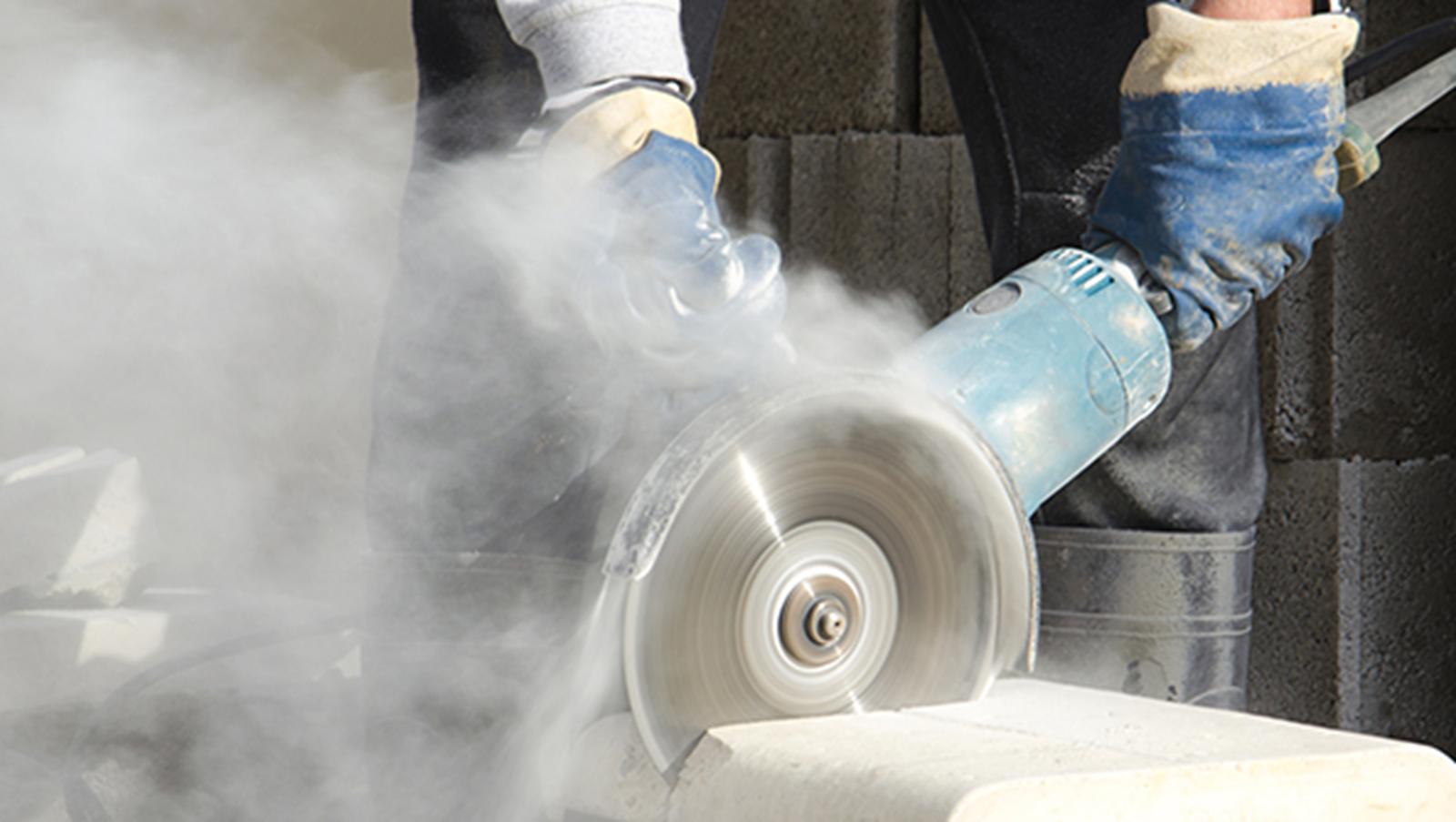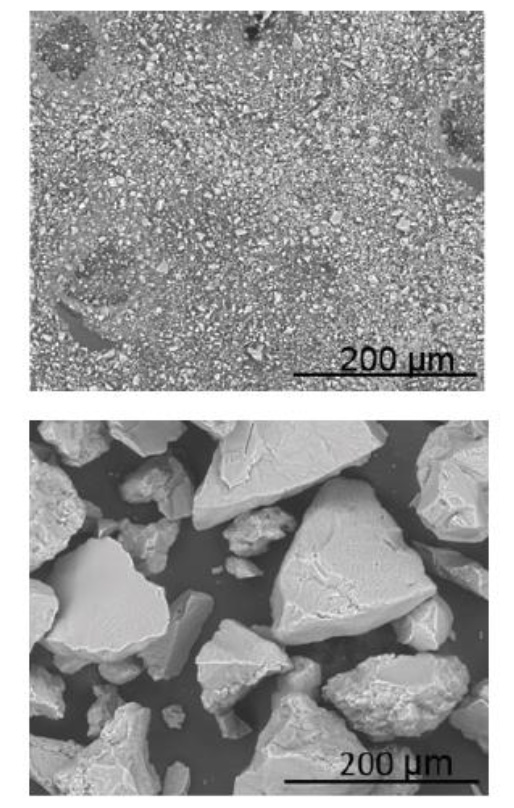

Once breathed in, the crystalline particles travel deep into the most important operational parts of your lungs. It can also lead to other serious illnesses including lung cancer and chronic obstructive pulmonary disease (COPD). Silicosis is the most well-known of the health problems associated with silica dust exposure. In its most severe form, silicosis can lead to respiratory failure – and death.Įven in less severe cases it can still lead to symptoms such as shortness of breath, chest pain, and a frequent, hacking cough. Silica dust exposure can have serious health consequences, including the risk of developing a lung disease called silicosis. These particles are so fine that you can suck them straight into the lungs. And you can’t see them with the naked eye. Cutting or processing sand, concrete and quartz as an example generates huge amounts of silica dust. You kick up tiny airborne particles of silica dust when your work activities disturb silica-containing materials. Sure, there’s silica content even in granite…īut the worst offender in our industry (by far) is the engineered stone that’s so popular with your customers right now. You find silica dust in a variety of natural and man-made environments.Įxposure to this harmful substance is typically a result of working with certain materials, or with equipment that produces airborne particles of silica.Ĭommon sources of silica dust include construction work, mining, and manufacturing processes such as sandblasting, glassmaking – and stone countertop fabrication.

Silica dust is a common mineral in the earth’s crust. What is silica dust and where does it come from? With the proper precautions, you and your bosses can reduce your risk of developing silicosis and other serious health problems that can result from exposure to this harmful mineral. When you work in an environment where you’re at a high risk of exposure to silica dust, wear the appropriate safety equipment, such as a respirator or face mask, as a minimum.Īnd you should see a doctor for a proper diagnosis right away if you believe you’ve been exposed to silica dust, especially over a long period. Silicosis is frequently fatal – and entirely preventable. Silicosis can lead to lung cancer, respiratory failure and failure of your other organs like your kidneys. In severe cases, you would end up with silicosis. It starts with shortness of breath, chest pain, and a persistent cough. Working with silica dust – and exposure to it – is dangerous.Įven though silica dust is a naturally occurring common mineral found in the earth’s crust, breathing it in can lead to a number of serious health consequences.


 0 kommentar(er)
0 kommentar(er)
